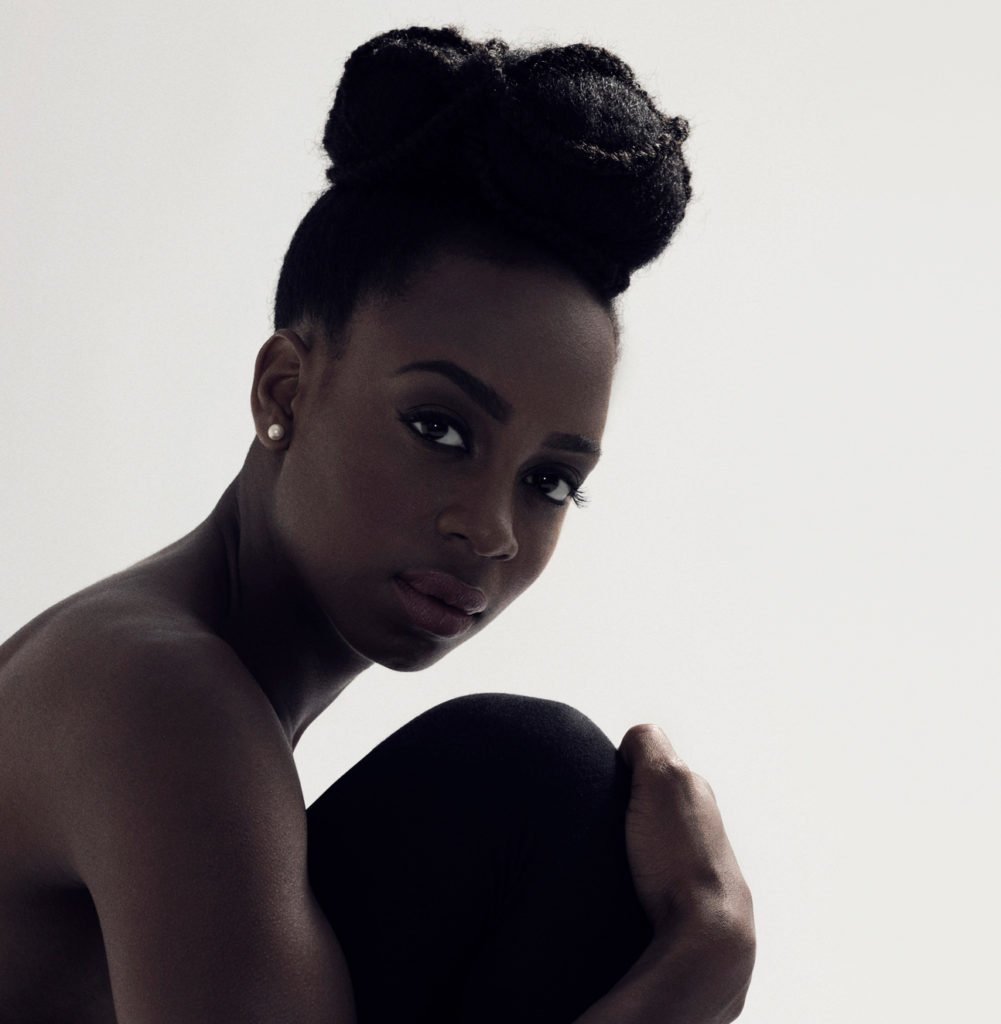New Partners
Feature
Matthew Barley & Ayanna Witter-Johnson.
Matthew Barley
I think the cello grew out of its narrowly romantic role a long time ago. It has a huge advantage over every other stringed instrument in its sheer range: we can play bass and as high as a violin, while the plucked and bowed aspects give you two completely separate soundworlds. Then there are the cellists themselves: they’re versatile, collaborative types, they tend to be adventurous and gregarious, not prima donnas. I know so many cellists experimenting in so many amazing different directions.
‘The tabla is a fantastic partner for cello: I find myself exploring all sorts of new techniques and colours’
Plucked and bowed instruments go together beautifully, because they don’t get in each other’s way, but they can also blend sounds. I’ve performed with oud, mandolin, guitar, kora and sarod, which is plucked with the fingernail. I collaborated with legendary sarod player Amjad Ali Khan, which was fabulous: he spread a very generous space around him.
The tabla is a fantastic partner for cello, and I always look forward to working with the awe-inspiring Sukhvinder Singh. I find myself exploring all sorts of new techniques and colours with tabla, a lot of crashing of the strings against the fingerboard which occupy a similar spectrum of frequency to the fingers on the tabla. I discovered I could also tune low pizzicato notes into the drum’s bending bass notes; between us we created textures where you couldn’t really tell the difference between us–we sounded like one instrument.
Ayanna Witter-Johnson
‘It’s spacious and intimate all at the same time’
I was studying composition at Trinity Laban and hustled a singing gig in a Caribbean restaurant. I’d assumed I’d play the piano, but there wasn’t one there, and I couldn’t physically get a keyboard in so I brought along my cello. The portability of it was reason number one, the size and shape of it made it feel like a human companion. I thought, ‘I’m sure I can do something with this!’ The resonance suited me, there was a space for me to sing, and I could use it sparingly. Its limitations became a creative spur: it offered a palette of textures, from a single bowed note to chords, to percussive elements; it was spacious and intimate all at the same time. I could express myself and the cello could feed into the song-writing without dominating. People started to notice me. After a while, I realised there were other cellist-singer-songwriters out there: I’m part of something bigger. When I went to America I found myself on a retreat with ten people who used the cello this way! Now when I’m working, I let the story decide how a song develops: I’m a secret guitarist, I think, and I don’t always use the cello, but it’ll always be a part of my musical life.
